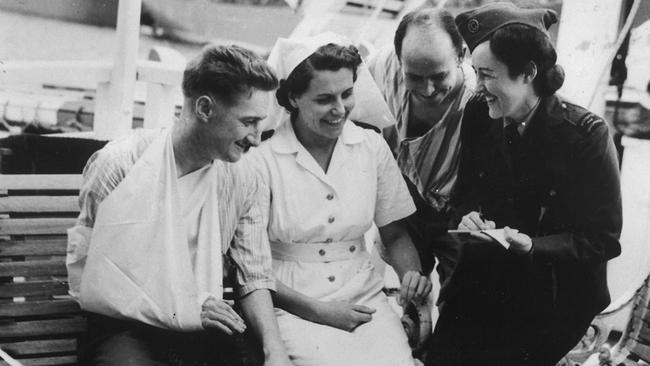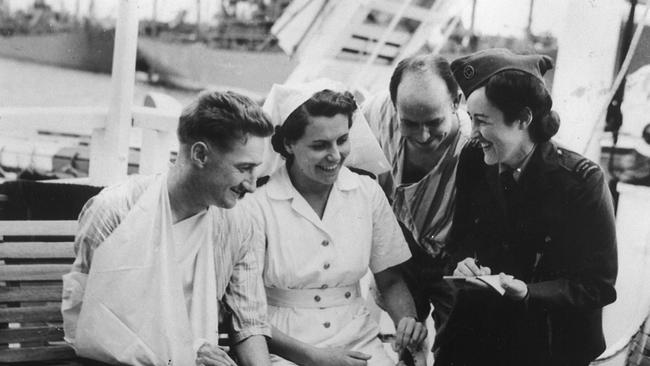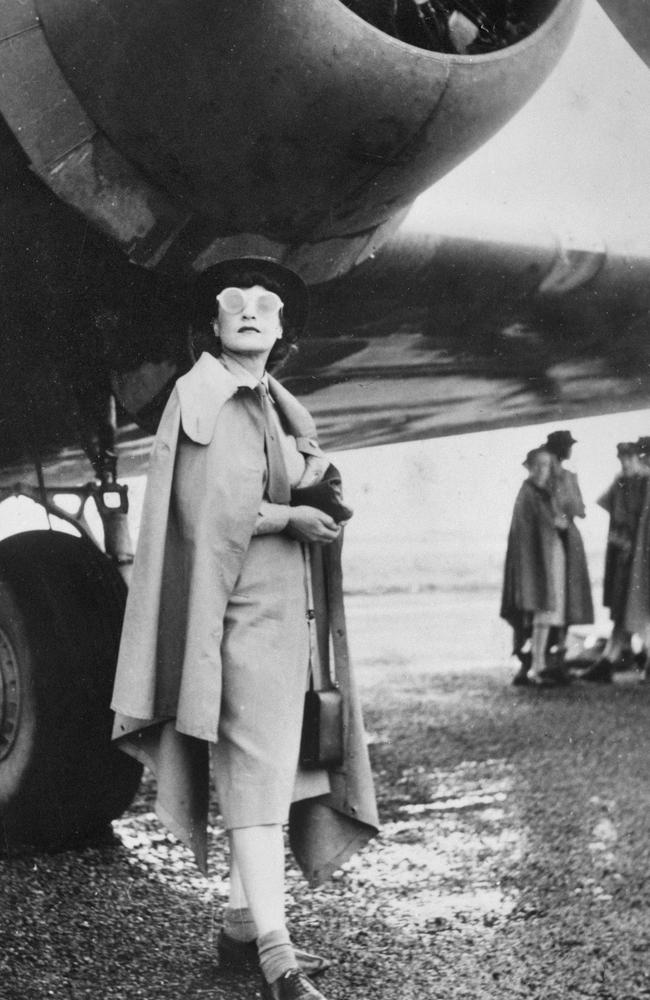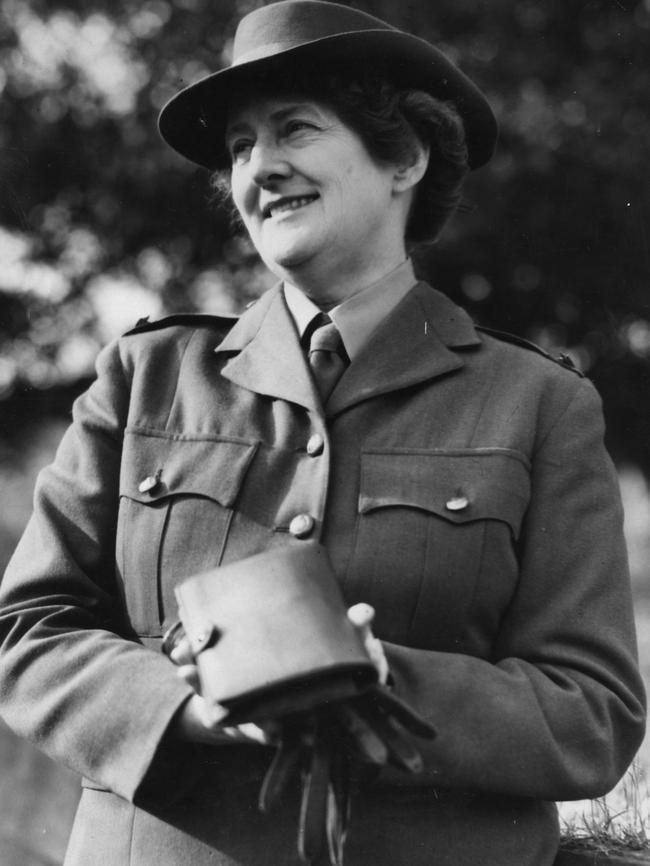Australian women went to war armed with a pen and a notepad
Australian women have been largely left out of the record of war correspondents but they fought long and hard to tell their stories.

Today in History
Don't miss out on the headlines from Today in History. Followed categories will be added to My News.
In all the recent commemorations surrounding the centenary of WWI and the 70th anniversary of the end WWII, little has been said about the women who reported on the conflicts.
As part of History Week (September 5-13) historian Jeannine Baker, author of Australian Women War Reporters Boer War To Vietnam (NewSouth $39.99), will be giving a talk about women war correspondents, revealing their struggle for recognition and acceptance from the military.
NURSE MADE HEADLINES
As far back as the Boer War Australian women reported on conflict. Baker says the first Australian to arrive in South Africa was nurse Agnes Macready, reporting for the Catholic Press. The Adelaide Advertiser also received reports from Edith Dickinson, who exposed the terrible conditions in British concentration camps.
Only two Australian women worked as war correspondents during WWI: Novelist Katharine Susannah Prichard, who briefly reported from a hospital on the Western Front, and writer and poet Louise Mack. Mack defied Kitchener’s orders against correspondents at the front, went to Belgium and witnessed the fall of Antwerp.
She later wrote a book claiming she had posed as a mute hotel maid and served the Germans lunch.
“She came back to Australia and gave lectures about her experiences and her claims became more and more fantastic as time went on” Baker says.

WOMEN’S ANGLE
It was not until WWII that a system was developed to accredit female war correspondents. In 1942, as the government struggled to recruit women to the AuxiliaryWomen’s Services, the army’s director-general of public relations Errol Knox suggested approving one women from each organisation as a correspondent to promote and publicise women’s war organisations. It gave the women official status to visit military installations but restricted them to “lines of communication” only, in other words they were not to go near front lines. They were also confined to reporting on the war from a “woman’s angle”.
“But the women chafed against those expectations, constantly requesting to go to areas closer to the action,” Baker says.

BREAKING THROUGH
The most determined was Lorraine Stumm, who was in Singapore before it fell to the Japanese, accredited as a reporter with London’s Daily Mirror. After returning to Australia she was posted in 1942 to General Douglas Macarthur’s Brisbane HQ. Her requests to go to operational areas were often knocked back, with officials citing the excuse that there were no separate facilities, such as latrines and showers, to accommodate a woman.
“They even thought women should have a separate mess,” Baker says.
Macarthur then personally invited her to cover an air raid in Rabaul, which incensed Australian Army authorities, who tried to ban her articles. But once Stumm went the army could no longer refuse the Australian Women’s Weekly’s Alice Jackson, who went to New Guinea two weeks later.
To try keep the female correspondents occupied and away from the front the Army arranged for eight of them to tour NSW visiting women’s military sites “which did actually do the trick of promoting recruitment”. But the army had had enough of trying to control the women. After one year the accreditation system was shut down.

Among the Australian women reporting overseas was Elizabeth Riddell, who wrote about the French people during the war. However female reporters based in England still found it difficult to get accreditation from the British. The Americans, who had been much more well disposed toward female reporters, forced the British hand when the two nations were setting up the Supreme Headquarters Allied Expeditionary Force for the D-Day invasions in 1944.
STORIES FROM THE FRONT
● Reporting for The Daily Telegraph Lorraine Stumm was one of the first journalists to see Hiroshima and Nagasaki after the war and the first to interview a European survivor of the blast.
●Anne Matheson interviewed Hermann Goering (former head of the Luftwaffe) after his capture by the Allies in May 1945.
● Adele Shelton Smith went to Malaya in 1941 but was restricted to reporting on the condition of the men and was later criticised for making things look too good and for showing pictures of men with Chinese taxi dancers
● After 1945 Iris Dexter reported on the release of Australian POWs in Southeast Asia
Jeannine Baker will talk at Campsie Library for History Week on September 9, 6pm, free but bookings are essential; 9789 9425 or register at www.eventbrite.com.au/o/city-of-canterbury-library-1419778363
Originally published as Australian women went to war armed with a pen and a notepad



